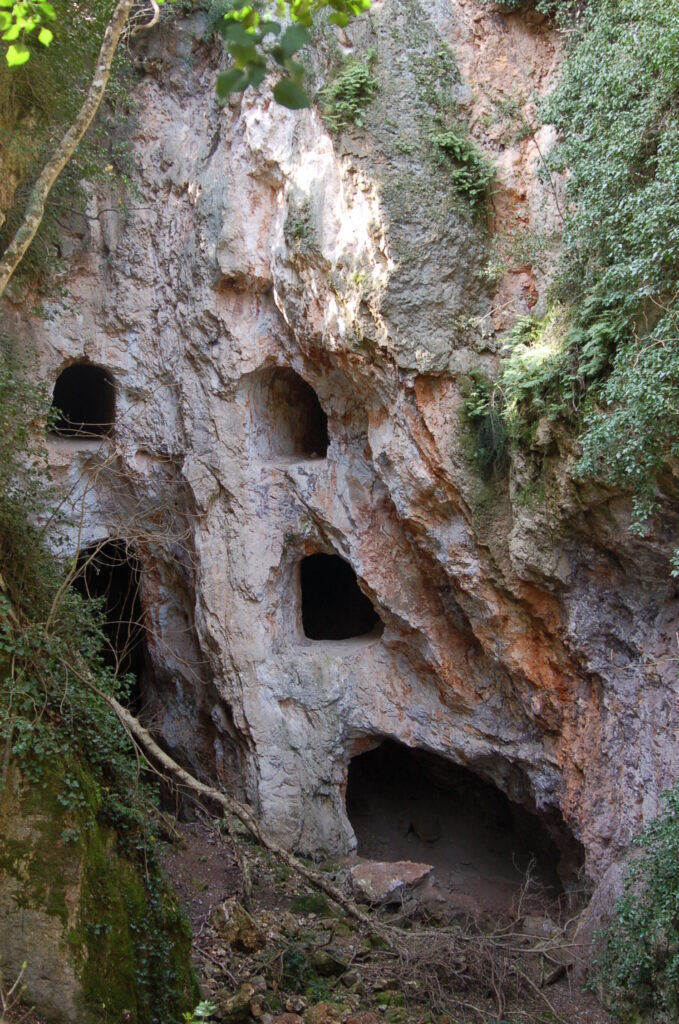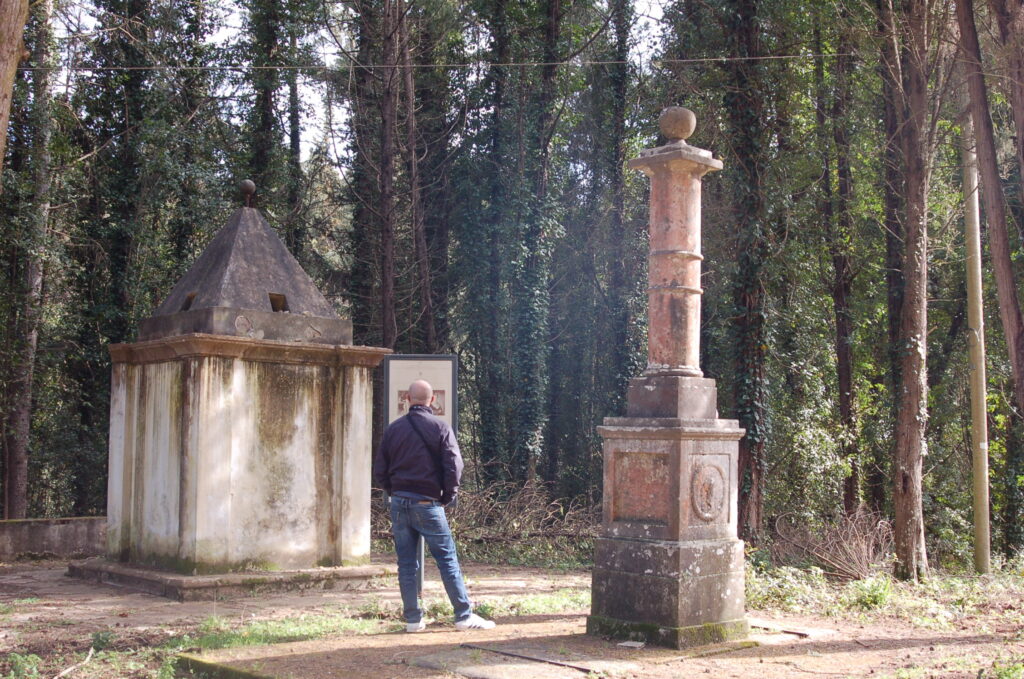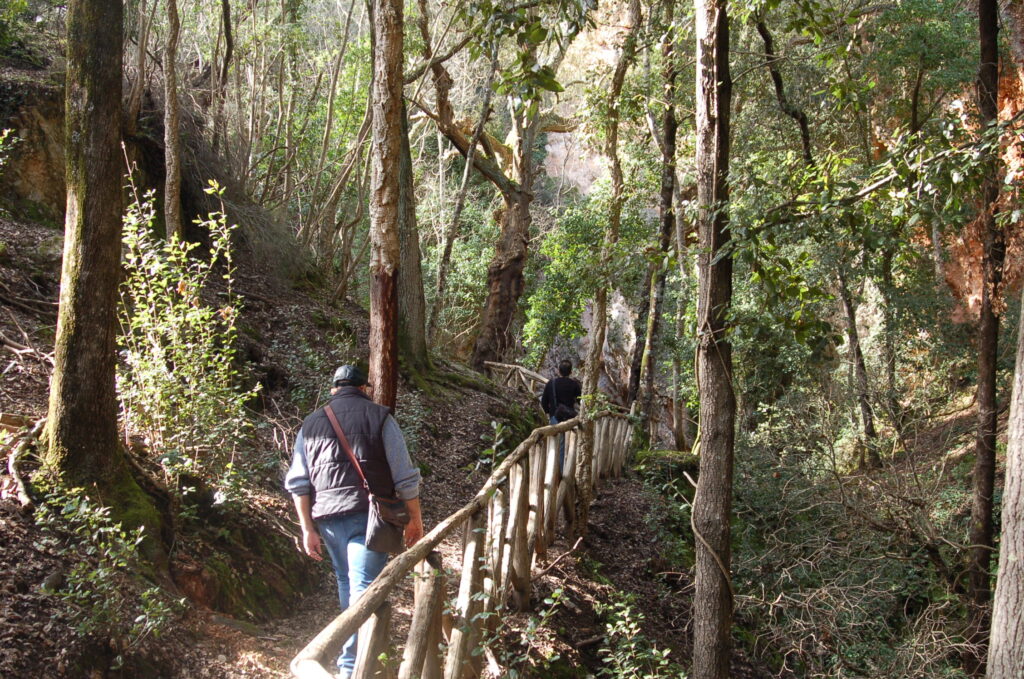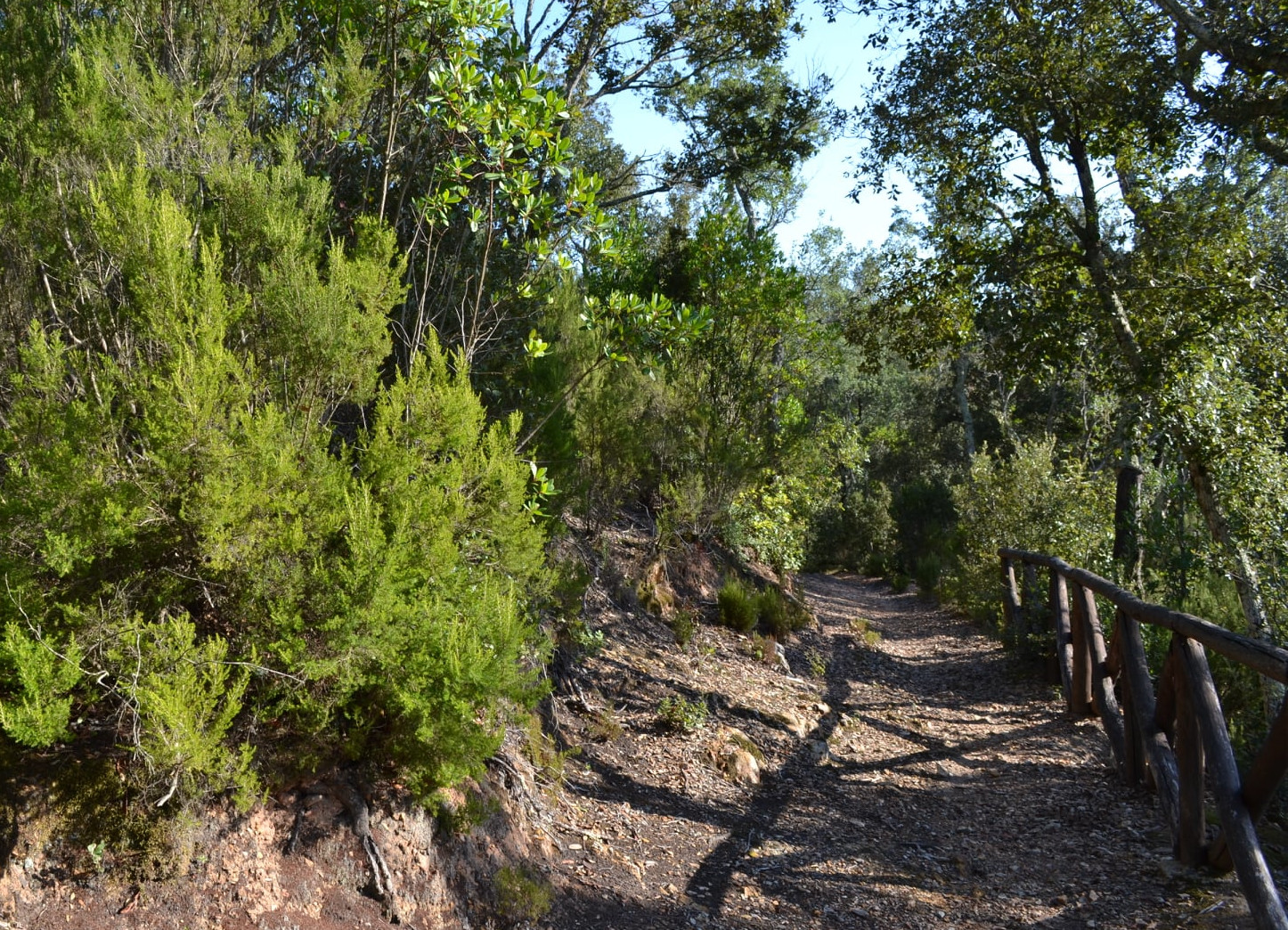MONTIONI WILDLIFE RESERVE
THE MINERS' VILLAGE HIDDEN IN THE MEDITERRANEAN MAQUIS
In the municipality of Suvereto, an island of green hills extends for 7,000 hectares on the borders of the Provinces of Livorno and Grosseto. This is the Montioni Wildlife Reserve, which is one of the Val di Cornia Parks. Its heights, over 300 meters above sea level, are covered by thick Mediterranean maquis characterised by holm oak trees, has a network of paths once trodden by woodcutters, charcoal burners, shepherds and hunters, which nowadays can explored by bicycle, on foot or on horseback.
The area is of a great historical and archaeological interest: Etruscan settlements, later replaced by those of the Romans on which medieval buildings were superimposed, have left traces that are still visible in the Pievaccia complex, among the ruins of the Castle of Montioni Vecchio, in the Terme di Montioni and in other sites of medieval archaeology, such as the alum quarries.

A forest with an ancient history and many stories to tell. Like that of Elisa Bonaparte, Napoleon’s sister, who was delegated to govern the Principality of Piombino, a strategic stretch of sea that controlled navigation to Corsica and the northern Tyrrhenian. It was she who built the mining village for the quarries where alum, a salt traditionally used in the tanning of leathers and in the process of fixing the colour on fabrics, was extracted. Alum was first discovered in Montioni in 1474 but it was only in the early 1800s under Elisa that it become a significant contributor to the economy of the territory as a whole. The village, comprising the miners’ homes and ovens for heating the alum, included the residence of the princess and her private thermal baths, which used sulphurous water at a temperature of 31°. Of the baths, only the perimeter walls and part of the floor survive; from the fodder store, it is still possible to see the site of two pools.

Whispered through the branches of trees shaken by sea breezes, the park tells many other stories of the miners, coachmen and workers whose lives were shaped in the quarries and tunnels dug into the rock walls. The Poggio Saracino Trail enables visitors to relive this period of history by following the traces of man’s coexistence with nature. It starts from the village of Montioni, where the buildings of the Napoleonic era, the quarry and underground mines, the furnaces for baking the alum rock and the means for transporting materials are clearly visible Continuing, the trail reaches the viewpoint of Casa Saracino before descending and closing the circuit by crossing a number of charcoal pits.

The paths that cross the valley floor enter wooded areas of Austrian oak, flowering ash and, to a lesser extent, cork. Climbing up the valley, a holm oak forest covers a large area, alternating in some points with strawberry trees and laurestine that make the landscape even more dense and dark. The unspoilt natural environment of this forest is also important for fauna, which is varied and has an abundance of ungulates (fallow deer, roe deer and wild boar) and other mammals, such as weasels, foxes, hedgehogs, porcupines and, probably, the wild cat. Micro-mammals include the Etruscan pygmy shrew, the smallest mammal in Europe, as well as the fat dormouse and the garden dormouse. The abundance of cavities, large trees and ruins are home to the many bats. The diurnal birds of prey include the harrier eagle, the buzzard, the sparrow hawk, the honey buzzard and the kestrel; nocturnal birds of prey include the scops owl, the long-eared owl, the tawny owl and the barn owl. Within the Park, now recognised as a Regional Nature Reserve on the basis of the interprovincial LR 30/2015, there are two state nature reserves: the Marsiliana (440 hectares) and Poggio Tre Cancelli (100 hectares).
Sito web
www.parchivaldicornia.it
Email
prenotazioni@parchivaldicornia.it
Photo © Archivio Parchi Val di Cornia
